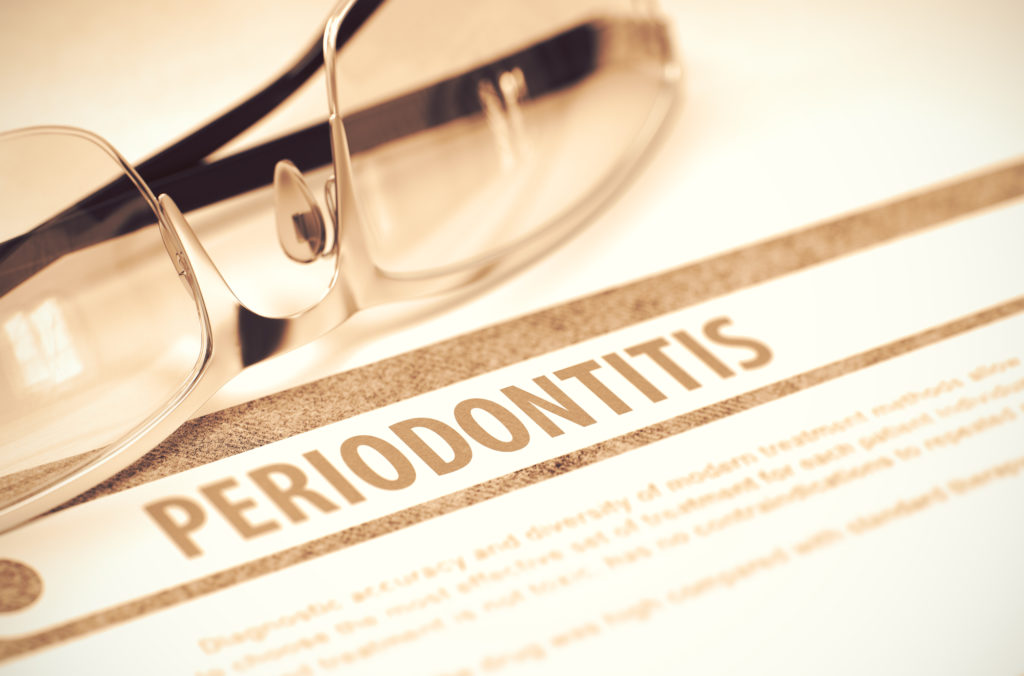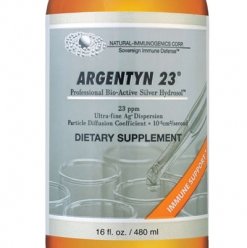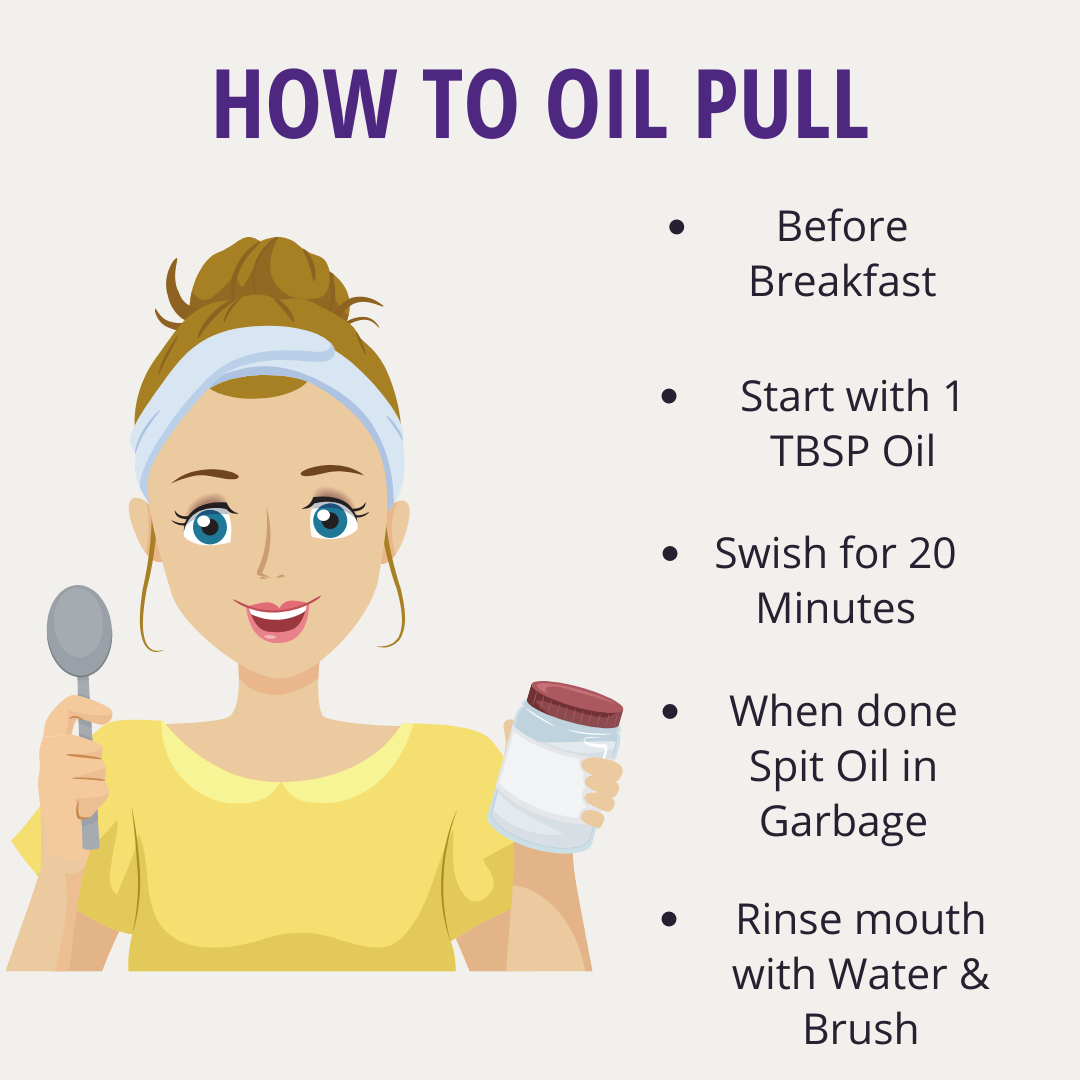
Periodontal disease, also known as periodontitis or chronic inflammatory gum disease, affects millions of Americans each year. According to the U.S. National Institutes of Health (NIH), close to 10% of adults between the ages of 20 and 64 have the condition and about 17% of total senior citizens. So what is periodontal disease? And more importantly, what can you do about it?
Why Does Periodontal Disease Happen?
Periodontal disease happens when pathogenic bacteria in the mouth have gotten out of hand. When the overgrowth of this bacteria begins to erode the tissue around the teeth and the bone that supports the teeth, serious consequences can result.
In fact, the condition gingival epithelium permeability (GEP), or Leaky Mouth, occurs when oral pathogenic bacteria reach a point that it begins to penetrate into the porous lining on the inside of the mouth. Once this bacteria makes its way into the bloodstream, it can seriously affect the immune system.
There is a direct connection between periodontal disease and Breast Cancer. A 2015 study conducted by the American Association for Cancer Research used the information from over 50,000 postmenopausal women who had participated in the NIH’s Women’s Health Initiative Observational Study prior. They found that the women who had periodontal disease had a significantly greater risk of Breast Cancer. 
One of the reasons for the periodontal disease Breast Cancer connection is that the same pathogenic bacteria that can destroy your mouth can also be the catalyst for inflammatory cytokine production.
Inflammation is actually a positive thing for the body in certain situations. When inflammation becomes chronic and systemic, and there is a proliferation of these kinds of cytokines, then this can lead to dis-ease. Other large studies have made the connection between periodontal disease and colorectal, esophageal, pancreatic, lung, and kidney cancer.
For more information about the origins of periodontal disease and why it is such an epidemic in today’s world (and also a different perspective on what you can do about it!), check out the recent interview I did with a dentist and oral health educator Dr. Ellie Phillips.
5 Things You Can Do NOW To Prevent Periodontal Disease
#1 Use an Oral Water Irrigator
To protect against periodontal disease, it is important to go beyond just brushing and flossing. This is especially true if you are struggling with low immunity, an autoimmune condition, or Breast Cancer.
There are many kinds of irrigators out there in the market and it is important to get the best quality one for your periodontal health. The irrigator that I recommend is called the Hydro Floss Irrigator. This irrigator is unique because it uses magnetics to get rid of bacteria from the surface of teeth. According to a study report published in the Journal of Clinical Periodontology, the Hydro Floss® irrigators can inhibit plaque 64% more effectively than other irrigators out there, including the popular WaterPik®. 
Want to make oral irrigation even more effective? Try putting either a few ounces of hydrogen peroxide or colloidal silver in your water before you irrigate. A product I highly recommend is called Argentyn 23™. This is a colloidal silver product based on a propriety formula that provides “ultra-fine dispersion.” Argentyn 23™ is also 99.99% pure colloidal silver. This means more bioavailability and effectiveness for you.
#2 Ozone Gas.
The next time you visit your biological dentist, be sure to inquire about the use of ozone gas. He or she may already use ozone for cleaning out periodontal pockets during regular periodontal cleaning.
Ozone therapies in dentistry and in other medical fields have been around for at least a century. In fact, in Germany, ozone therapy is covered by most insurance providers. A 2013 UK “audit” report of the practice found that ozone therapy used during regular periodontal treatments significantly reduced pocket depth in patients who had periodontal disease. Pocket depth is a rubric for the advancement of the condition.
 #3 Oil Pulling.
#3 Oil Pulling.
Oil pulling is a modality that has been around for centuries because it works!
It is an easy and inexpensive modality that you can do at home. You simply get a spoonful of food-grade, organic coconut oil or sesame seed oil and pop it in your mouth first thing in the morning. Then you swish for 20 minutes, working the concoction around your oral cavity and in between the teeth.
The idea behind oil pulling is that bacteria are attracted to the lipid material like a magnet, even in hard-to-reach places. Be sure to spit out the contents and brush your teeth thoroughly after each oil-pulling session.
For a long time, oil pulling was thought of as just a folk remedy and dismissed by the dental industry. Now there is a growing body of research that shows that it works.
Most people use organic, non-GMO, food-grade coconut oil, although many studies in India have been done using sesame oil. You can also add a few drops of essential oil to the mixture before you swish. Clove and peppermint both have anti-fungal/ anti-bacterial properties and leave the mouth feeling fresh and clean.
#4 Oral Bacteria Testing.
Sometimes it is helpful to find out exactly what kinds of bacteria are taking root in your mouth. For example, you may find species of oral bacteria that are also known for causing conditions in the body that you may be experiencing now. In addition, certain oral-based bacteria can be difficult to remove. This may be the case for many individuals with autoimmune conditions. Knowing what you are dealing with in terms of your pathogenic load can help you be more targeted in how you remove them and how you can heal in general.
The test that I recommend is called MyPerioPath®. This is a saliva test offered by the company OralDNA. MyPerioPath® provides you with a simple yet comprehensive 2-page report outlining the top five oral pathogens you currently have and the levels of each one.
#5 Boost Oral Health and Immunity with Key Supplements.
Remember that it is your immune system’s job to seek out and remove harmful pathogens, including the harmful bacteria that reside in your mouth. By boosting immunity, you help your whole body heal from dis-ease, including periodontal dis-ease.
There are so many substances out there that can help both your gums and your entire body. For example, we all know about the importance of vitamin D for the immune system and for breast health. But did you know that vitamin D can also help you prevent periodontal disease and tooth loss? You can purchase vitamin D + K in one formula from the Breast Cancer Conqueror store HERE.
B Vitamins in their “coenzyme forms.” This means that they are more available to your body from the moment you ingest them. Formulas that include “NatureFolate”™, choline, and Trimethylglycine (TMF), can help to support methylation.
Glutathione Power is a super-absorbable form of this powerful antioxidant that comes as S-Acetyl Glutathione (S-A-GSH). S-A-GSH is optimal to take orally because it will not break down in the GI tract.
Metal Detox is ideal for individuals who have amalgam fillings and are working on removing them. It is also great for removing the toxic build-up that they can leave behind.
Periodontal disease is a “common” condition that affects millions of people in the U.S. annually. Just because a health condition is common does not mean it is normal, however! Now that you know the connections between periodontitis and chronic disease, including Breast Cancer, you can do something about it!
Take the next step for your oral health by TAKING ACTION on the five points mentioned above.

Am suffering from serious gum pains down to my ear and throat.Can it be what you just explain.?
Hi Maryam! It very well could be. You can check around your area to see if thermography is available and see if there is noted inflammation there. Let us know what you find!